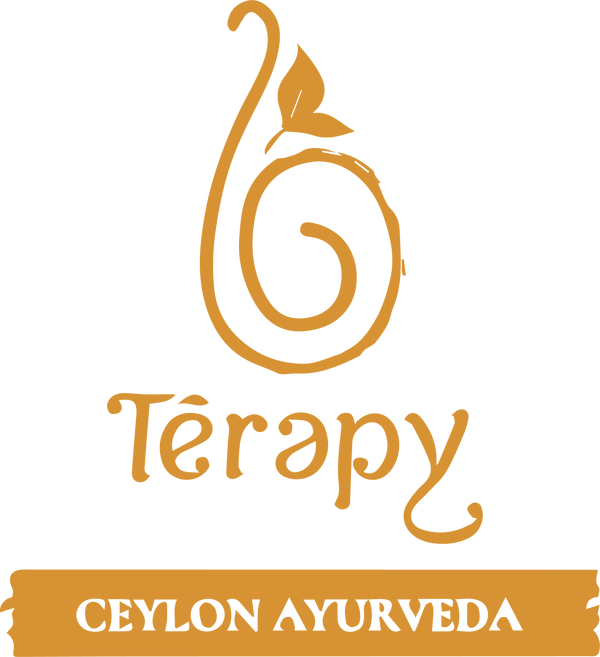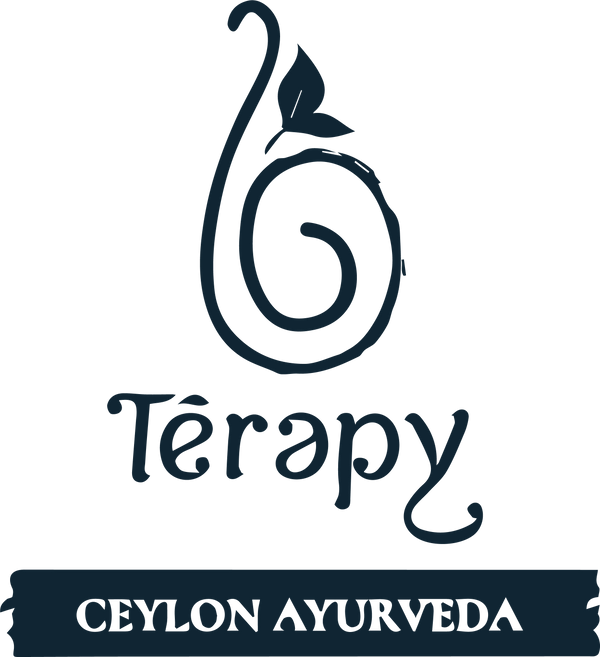According to the classic Ayurvedic Philosophy from which, both Ayurveda and Yoga originate, there are four main goals of life, which aims to help you focus on the goals of Dharma and moksha.
What is Ayurveda?
Ayurveda means the “Science of Life”, and it comprises on knowledge gathered over a 5000 years about healthy living and treating disease. It covers areas of Medicine that range from Psychology to Surgery, and Pediatrics to Geriatrics. The ancient original finds were passed down from generation to generation through word of mouth and later the knowledge and science of Ayurveda was first written down in the ancient Indian language of Sanskrit. When the knowledge of Ayurveda spread to neighboring regions in the sub-continent, the knowledge and Science was adopted to suite patients in those regions, using local found ingredients. Hence the birth of indigenous Lankan Ayurveda, known as Helaveda or Ceylon Ayurveda.
“Ayurveda is the knowledge of happy and unhappy, a good and bad life, and that which contributes to those four aspects”
*Charaka, Author of one of Ayurveda’s main classical Scriptures.
Ayurveda and Yoga
We are thankful, that this ancient holistic healing science, is not a dying trade and that popularity of its benefits, are now growing in the modern Western world. The focus on health and overall well-being has been widely appreciated, and has contributed to its growing popularity.
The two sister sciences of Ayurveda and Yoga, stem from the same philosophy. However, Ayurveda mainly focuses on Dharma, which is ‘living the right way’, while Yoga focuses on Moksha, which is ‘Enlightenment’. Both sciences are practical process with a holistic perspective – accepting humans as a unified body, mind and consciousness. It is recommended that body ????….these sciences of Ayurveda and Yoga are practiced side-by-side for optimal alignment of your health and wellness.
DHARMA – The right way of living
Dharma is the principal of living one’s life in a way that promotes inner and outer health and harmony, and in accordance with the universal principle of peace. Following Dharma means to be truthful to one’s nature, and acts from a sense of duty and respect towards it, rather than being driven by compulsive habits. This means living life with a sense of responsibility towards oneself, other people, and the world as a whole, and acting for the good of all. To put it more simply a conscious quilt free life.
ARTHA – Material Wealth
A certain amount of money is needed to comfortably support oneself. A balance in life with all things is the true path to happiness. Ayurveda and yoga place no judgment on the gaining of wealth, as long as it is done without causing harm to others, and that any abundance is shared. Once again the principles are focusing on maintaining mental and spiritual harmony, avoid mental strain through the form of greed and anxiety and triggering happiness through the act of giving.
MOKSHA – Enlightenment
Moksha means to overcome our limitations and become truly free within. This is a freedom from identification that our true nature is a consciousness beyond those two things. This is a very difficult goal, and so the practices of Hatha and Raja yoga are devised to help one achieve it. Hatha yoga is pranayama, asanas and relaxation. Raja yoga is positive thinking and meditation. A conscious rate of balance on mind is the path of true enlightenment.
KAMA – Sensory pleasure
Ayurveda and yoga recommend moderation when it comes to the pursuit of sensory pleasure. While it is beneficial to experience the positive influences of art and nature, over-indulging the senses can lead to addiction, frustration and disease. Once again, bring the universal art of moderation and balance to the forefront of guiding your conscious state to detach oneself from over indulging or preventing oneself from inflicting undue harm to your being.
These main 4 goals are the pillars of Ayurveda and when practiced in connection can guide you to optimal health and wellness in your mind, body and consciousness.
Give yourself a small test to help set for a few personal goals.
Pour yourself a hot cup of your favoriteTérapy Ceylon Ayurvedic Tea. Sit in a comfortable position, close your eyes, and relax your body and mind while your sip your wellness tea. Detach yourself from the concerns of the past and future, and focus on the now. Ask yourself the following questions and let your answers come from a deep part of yourself.
(This is not a test and no one is judging your answers nor is anyone even going to see your answers. So go on, be true to yourself)
What is my purpose in life?
How can I contribute to this world?
What are my values and how can I uplift them?
What gives me the greatest amount of contentment?
What is the next step in my development?
References
Ayurveda & The Four Goals of Life – Third in a 4-part series: Dharma (service) – July 1, 2017 by Marisa Laursen
https://www.ayurvedacollege.com/blog/ayurveda-four-goals-life-third-4-part-series-dharma-service/

